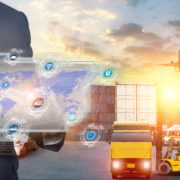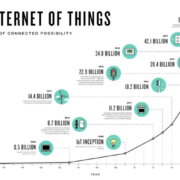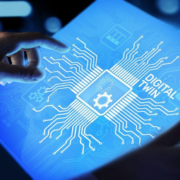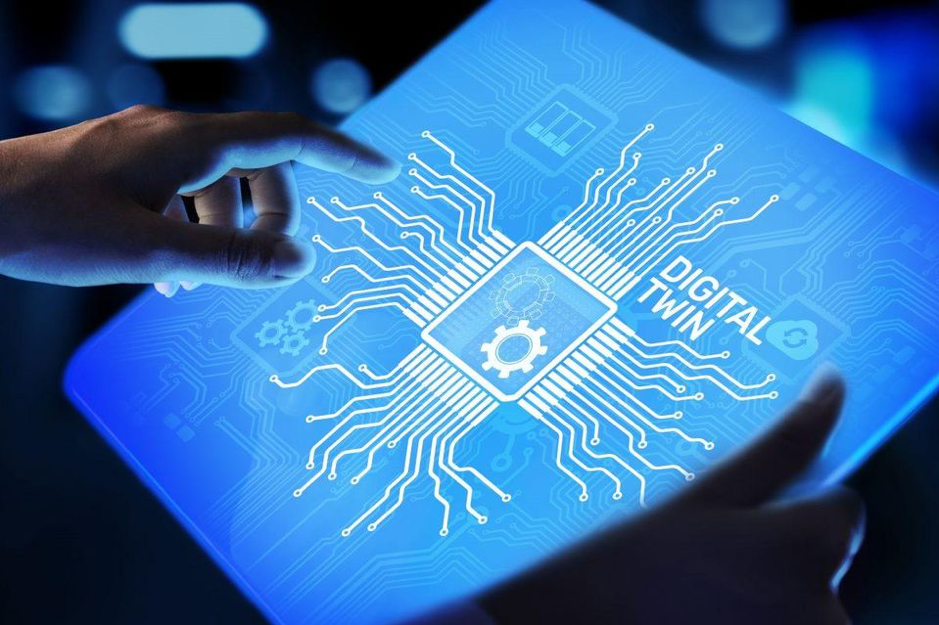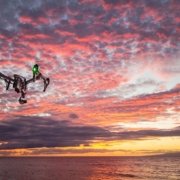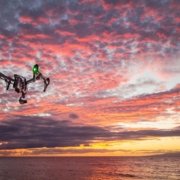Back to basics: What is a Smart Port?
This year at the Escola we thought that we would go back to some basic (but modern) concepts connected to intermodal transport. With the series that we are calling #BackToBasics, we will begin explaining some concepts that are central to the transport sector today, but which can be confusing to some. We will kick-start our series with the concept of a “Smart Port.”
Daily Logistik: Asian Development Bank describes a smart port as a port that ensures “no waste of space, time, money and natural resources.”
What is a Smart Port?
The inclusion of the word “smart” in the name implies the capabilities of the port and the integrated workflow (Marine Insight). So what is it exactly? A smart port is a modern port that uses advanced technology and digital systems to improve the efficiency, sustainability, and competitiveness of its operations. Smart ports often use digital tools such as sensors, data analytics, augmented reality, big data, digital twins and automation to optimize the movement of cargo, reduce waste and emissions, and provide better services to stakeholders (which include shipping companies, customs authorities, and local communities). Smart ports may also include features such as renewable energy sources, electric charging stations (Onshore Power Supply), and smart infrastructure for logistics and transportation
“The goal of a smart port is to enable a more efficient, sustainable, and profitable port ecosystem that can support economic growth and regional development.”
What are Smart Port’s Digital Tools ?

Smart ports are classified as “smart” because they use a variety of digital tools to optimise their operations. These include:
- Sensors: Smart ports often use sensors to monitor various aspects of their operations, such as cargo movement, traffic flow, environmental conditions, and security. These sensors can provide real-time data that can be used to optimize operations and improve decision-making.
- Data analytics: Smart ports use data analytics to process and analyse the data collected from sensors and other sources, such as shipping manifests and customs declarations. This data can be used to identify trends, patterns, and opportunities for improvement.
- Automation: Smart ports may use automation technologies such as robots, drones, and self-driving vehicles to improve the efficiency and accuracy of certain tasks, such as cargo handling and inspection.
- Digital platforms: Smart ports may use digital platforms, such as cloud computing, blockchain, digital twins and internet of things (IoT) technologies, to connect various stakeholders and enable more efficient and transparent communication and collaboration.
- Clean technologies: Smart ports can incentivize the use of cleaner technologies, such as electric vehicles and renewable energy sources, to reduce the environmental impact of port operations.
- Energy efficiency measures: Smart ports can implement energy efficiency measures, such as LED lighting and energy-efficient systems, to reduce energy consumption and greenhouse gas emissions.
Why? For cleaner, greener ports
The use of digital tools helps smart ports reduce costs, improve service quality, and increase agility and responsiveness to market demands. There is no doubt about it. However, another characteristic of a smart port is its emphasis on sustainable operations and the creation of a greener port.
Below you can find some elements that help characterise a smart port that as “green”:
- Promoting recycling and waste reduction: Smart ports can implement recycling programs and encourage the use of reusable containers and packaging materials to reduce waste and improve resource efficiency.
- The use of renewable energy: Smart ports can use a variety of renewable energy sources to power their operations, including
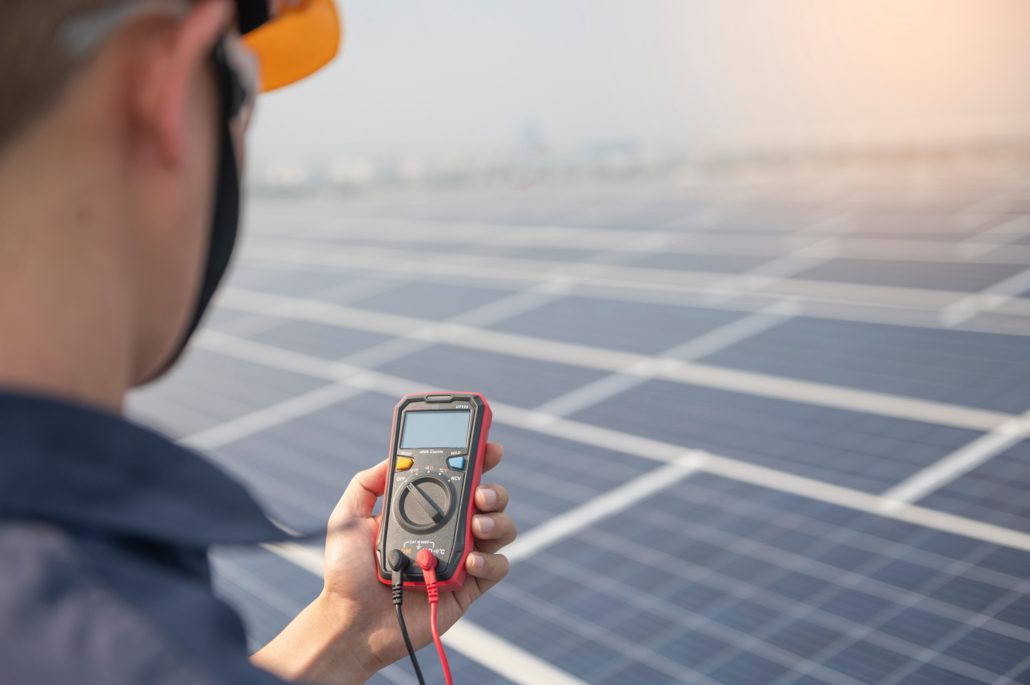
- Solar power: Smart ports can install solar panels on rooftops, car parks, and other suitable areas to generate electricity from the sun.
- Wind power: Smart ports can install wind turbines on land or offshore to generate electricity from wind.
- Hydroelectric power: Smart ports located near rivers or oceans can use the flow of water to generate electricity through hydroelectric power plants.
- Geothermal power: Smart ports can use geothermal energy, which is generated from the Earth’s internal heat, to generate electricity and heat buildings.
- Biomass: Smart ports can use biomass, such as wood chips or agricultural waste, to generate electricity through combustion or anaerobic digestion.
- The use of electric vehicles: Many ports have begun to use electric vehicles, cranes and container stackers within their terminals to minimise emissions and ensure cleaner air around the port community area. By providing multiple charging points, smart ports make it easier for the port community companies to operate these clean energy vehicles.
Overall, reducing waste and emissions is an important aspect of sustainable port operations and helps smart ports contribute to global efforts to combat climate change and protect the environment.
Sources:
- OpenAI.com
- Marine Insight: What are Smart Port Technologies
- Daily Logistic – Smart Port: The Ports of the Future

